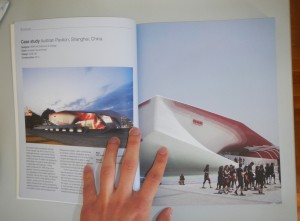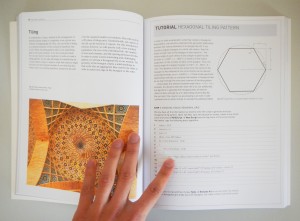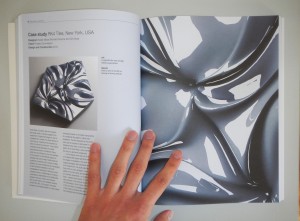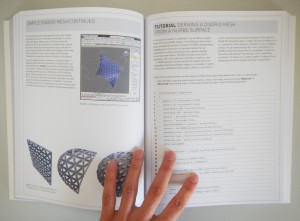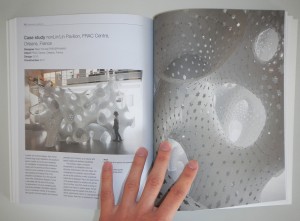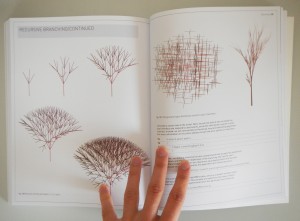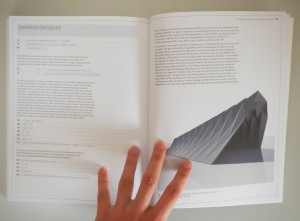Parametric Design for Architecture is a new book by Wassim Jabi from Welsh School of Architecture (Cardiff University).
Before several months we make an interview with Mr Jabi regarding this book, where he talks not only about this book, but also about other topics regarding parametric design. Now, after publication of this book by Laurence King Publishers, we get a review copy.
The books belongs to tradition started by Christopher Alexander and his generative design patterns. Followers of this tradition are Robert Woodbury, Benjamin Aranda and Chris Lasch, Jane Burry and Mark Burry.
The book has 3 parts. First part regards algorithmic thinking; this short part introduces the reader to the fundamentals of design thinking as a rule-based system. Second part is the main topic of the book; it’s the most comprehensive part and occupies the most pages. It regards to parametric patterns. Parametric design has patterns because it relies on algorithmic concepts. Author leads you from simple parametric patterns to more complex one: Controller, Force field, Repetition, Tiling, Recursion, Subdivision, Packing, Weaving and Branching. Jabi leads you gradually from 2D simple patterns to 3D patterns. Every pattern has description and one or two tutorials. This tutorials helps you to apply patterns in practice, and they include full source code for specific examples. You need to investigate these scripts, but not simply copy them. It’s important to note that parametric and algorithmic thinking is about logic. You need 3ds Max (MAXScript) for this tutorials, and Processing (free open-source software). Between these chapters about parametric patterns are analysis of some contemporary case studies that take advantages of algorithmic techniques.
Part III of the book, called Next steps, reviews new unified programming language that is design-specific rather than a general-purpose. That language is DesignScript, and it is created by Dr Robert Aish from Autodesk, author of the GenerativeComponents (GC). Jabi also explains differences between Imperative and Associative Programming. Examples of imperative programming languages are Python, C#, Java, Processing, and examples of associative programming languages are GenerativeComponents (GC) and Grasshopper. DesignScript support both styles of programming. To better understand this language you can explore 2 tutorials: Diagrid and Weaving. They are about re-writting of the diagrid and weaving tutorials in DesignScript, so you need AutoCAD and DesignScript. At the very end are classification of parameters and afterword written by Brian Johnson, where he stated that you have finally “arrived at the beginning” and that parametric design will be a core component of practice in the 21st century.
Noting that parametric design patterns are still in development, Jabi recommends 3 books as addition to this one: Elements of Parametric Design (Robert Woodbury, who also wrote foreword for this book), Architectural Geometry (Helmut Pottmann et al), and Processing: A Programming Handbook for Visual Designers and Artists (Casey Reas, Ben Fry). Book is intended, as author said, to advanced beginners. It means that you need be familiar with geometry and 3D modeling.
Parametric design is a field in development and things are changed here on daily basis. This book is excellent overview of parametric design for architects at the moment, and it takes its place along with the work of authors we mentioned at the beginning.

